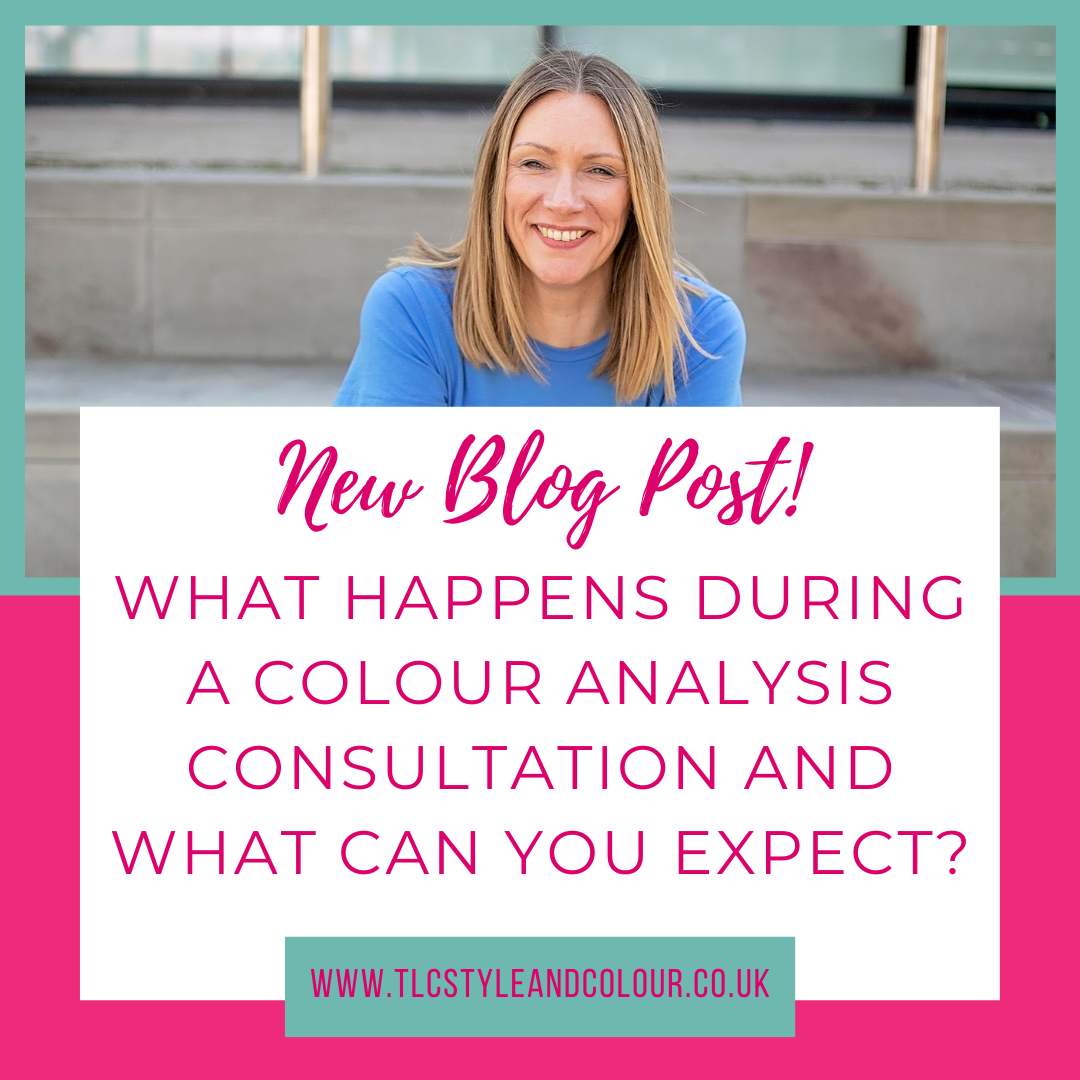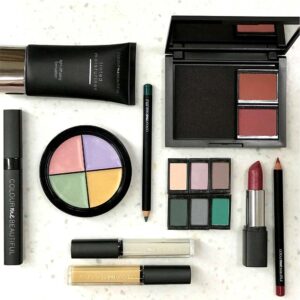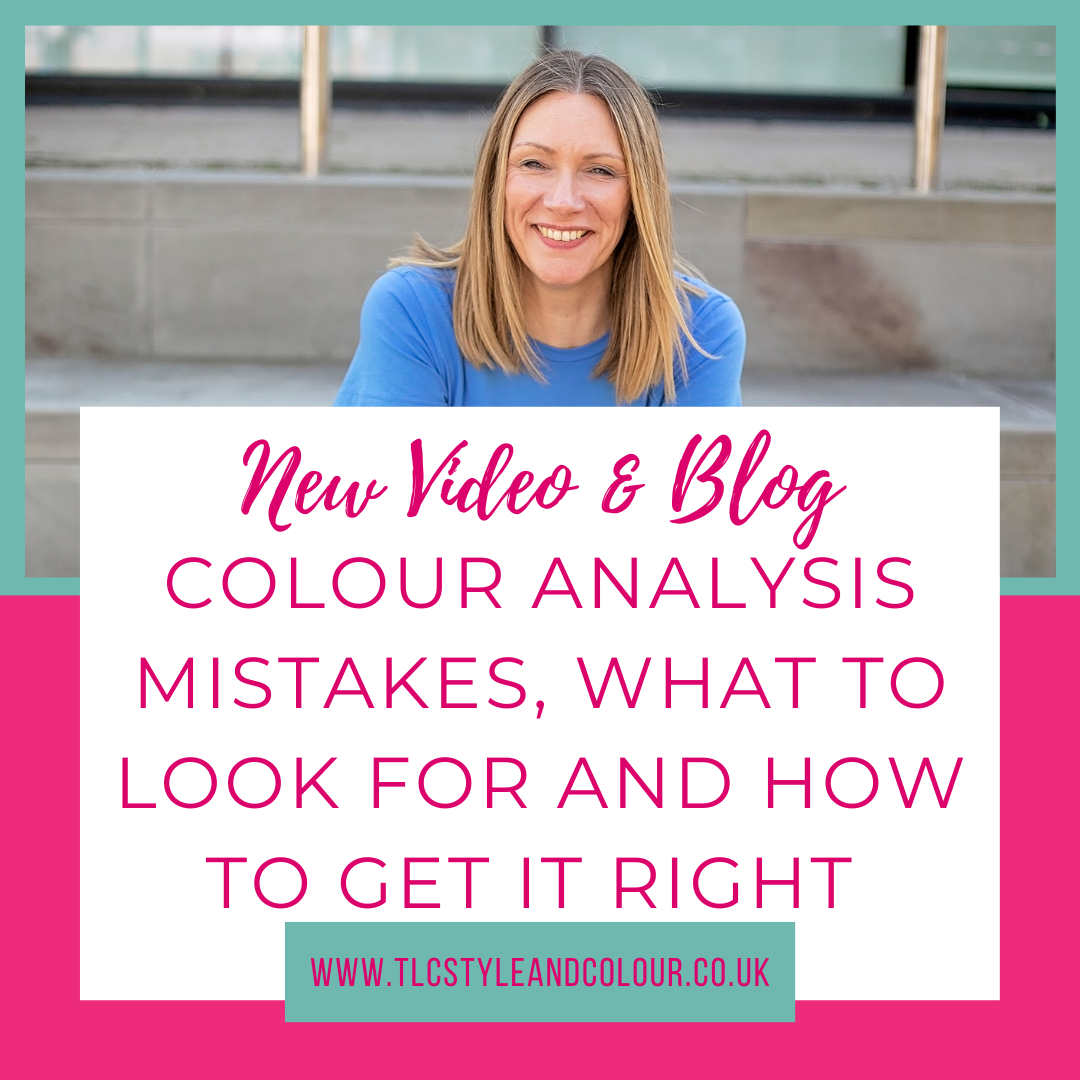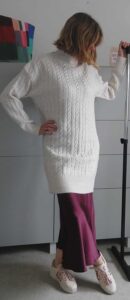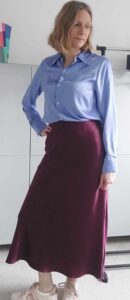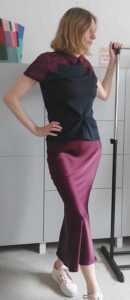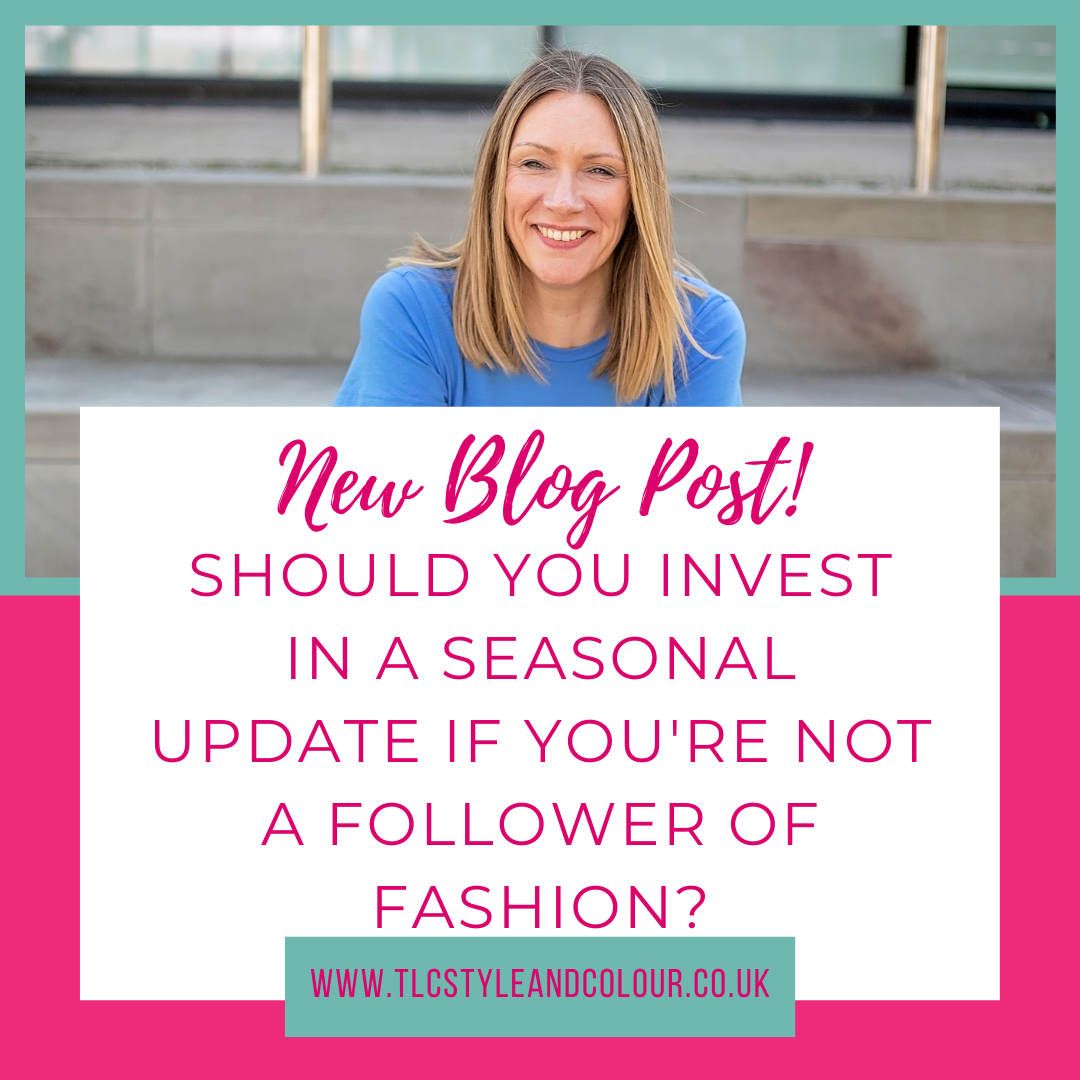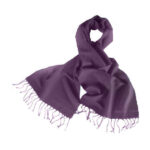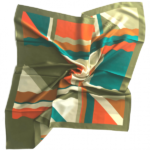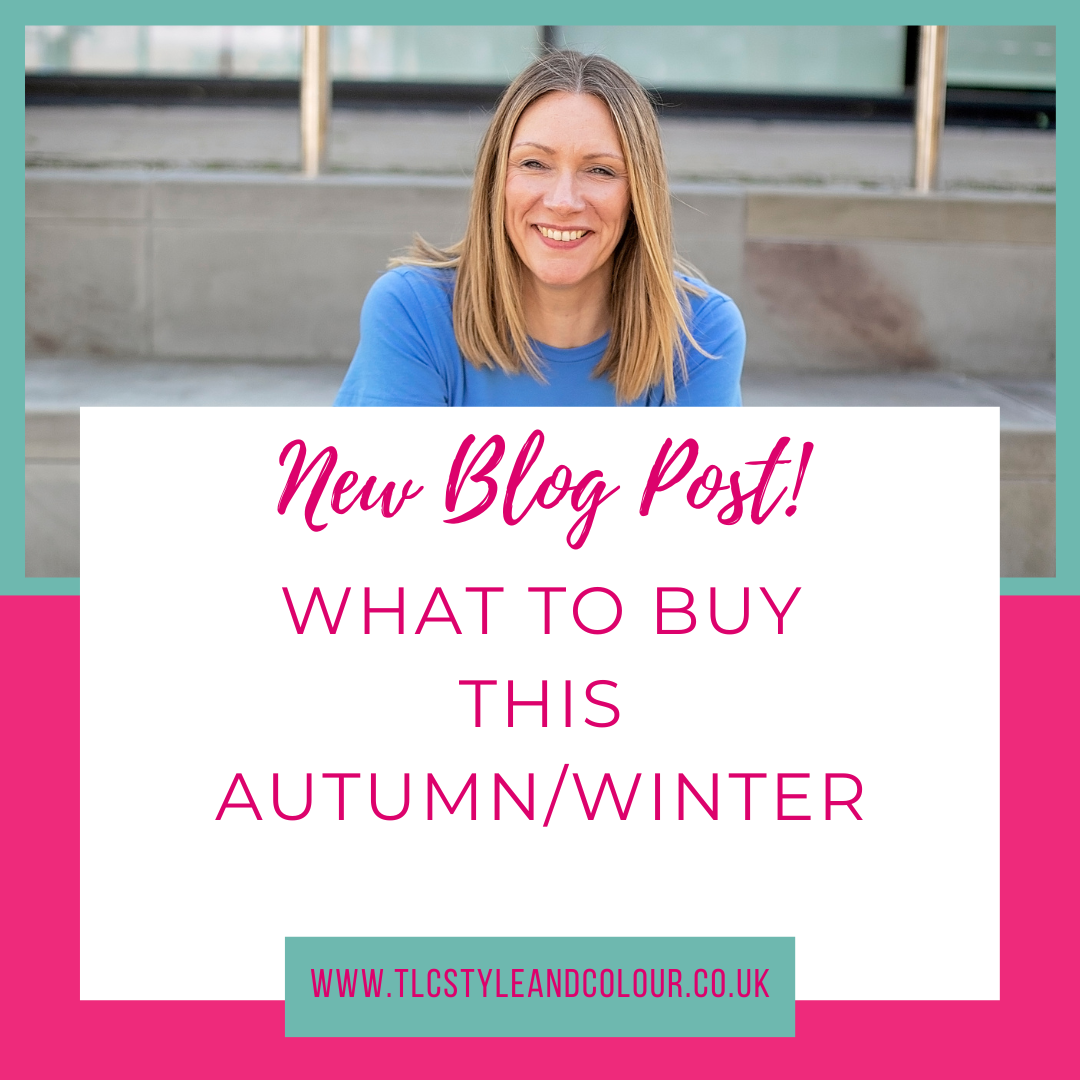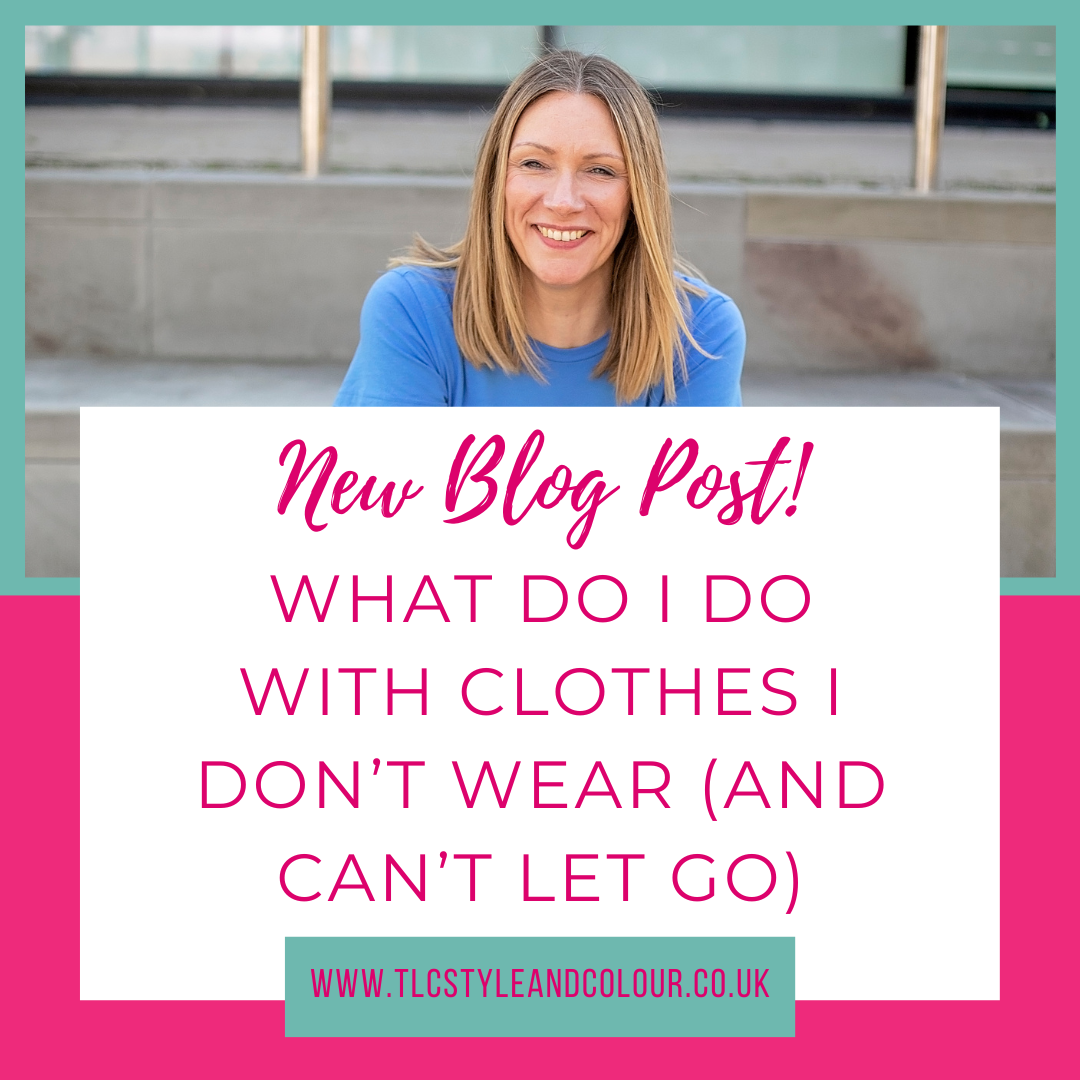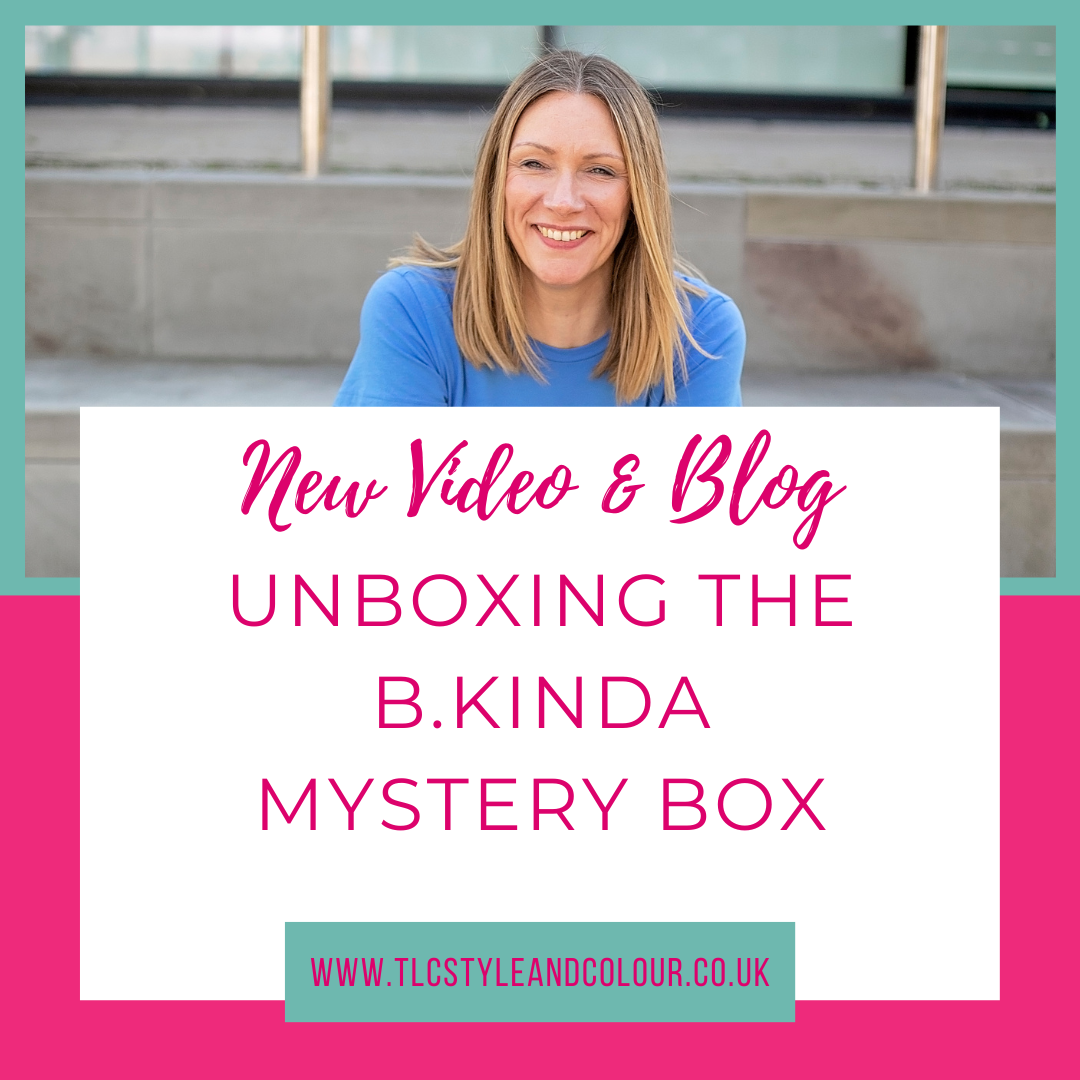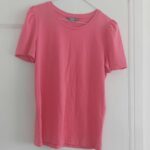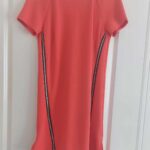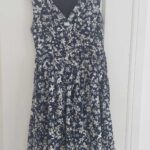If you find it a challenge getting clothes to fit you, it’s tempting to blame yourself. Often, it’s that they aren’t quite right for YOU.
Unless you make your own clothes, or have them made specifically for your body, there might be certain aspects of a garment that don’t quite work. Rest assured, there’s tips and tricks to ‘correct’ many elements, it’s simply understanding and learning what to look for.
This quote sums it up perfectly for me:
The dress must follow the body of the woman, not the body following the shape of the dress. (Hubert de Givenchy)
Identify what’s right for you and work with your body shape, not against it. So, if you’ve got a curvy figure then a boxy shape to a garment will add pounds to your frame because it hides your frame and shape. Nobody wants that!
I meet a lot of ladies who feel that things don’t work for them and they dislike shopping as a result. This is totally understandable, especially if you don’t know what to look for. What’s more, you’ll spend lot of time and money trying to find out.
Right colour, right style, right fit and lifestyle-appropriate. Nail these, and you’ll be grinning like the cat that got the cream. Let me go through these in more detail.
Colour
Have you ever put something on and noticed that the colour drains from your face? Or that suddenly your skin has gone a funny colour?
That need to add a brighter lipstick or slap more blusher on, is because the colour you’re wearing isn’t quite right for you.
The transformation to your overall appearance when you’re wearing the right colours for you, cannot be ignored! It’s a subject I cover frequently here on the blogs as well as on social media.
Colour analysis consultations are by far my most popular service and I never tire of seeing the transformation with clients. I work with a tonal colour analysis system, which assess the colour of your hair, eyes and skin tone to determine the three elements of your colouring type and colours which flatter you the most. My colouring type is soft, cool and deep which means that my core colouring type is soft (low clarity to my features overall, muted and mid-tone colours), with a cool undertone to my skin (blue toned shades rather than yellow) and with some depth (my tertiary as the light pale colours really do wash me out).
Wearing the right colour will visibly lift your appearance but unless it fits like a glove (or vice versa), it will never be perfect for you, so you’ll need to factor these next elements in as well.
Style
Your style is really what feels most like you. Sometimes, it can be hard to describe what your style is, or you may feel like you don’t have one! But, I can assure you that everyone does. Just think – what feels most like you when you wear it?
When you put something on that doesn’t feel like you, you’ll immediately protest as much and take it off! But, wear something which you feel happy, comfortable and more like you when you wear it, and you’ll be much happier. No point dressing like Paloma Faith if you’re really more a Jennifer Aniston type.
That doesn’t mean that you can’t dress differently, or try something new. Try to push your style boundaries, but in a way that feels authentic and still like you. Sometimes it can be the choice of fabric, but more on that shortly.
Patterns can be a real deal-breaker in the style department. For me, I’m not a fan of fussy patterns or stripes. They just don’t work for my style personality, so I don’t tend to buy them as I know I won’t get my £’s per wear or be happy in them.
Fit
We all know when something doesn’t fit right, but often associate this with the number on the label. It’s more likely not fitting your body shape, body line and proportions. Understanding these aspects will help you identify the right style, fit and fabric to choose. Let’s say that you’re petite in height, with a long upper body and short legs – of course it will be harder to get the right fit! But, understand how to dress your features and you’ll make better choices with styles and cuts.
 Don’t forget the finer details like sleeves and necklines. A high neckline when you’ve a large bust will enhance the area. You’ll find a lower neckline (like a v-neck), will break up the colour and be more flattering. Sleeve lengths and shoulder seams can be corrective; like a ruffle sleeve when you’ve got small and narrow shoulders. On the other hand, they can enhance the area if you’re broader with wider shoulders by merely extending the shoulder line out, visually speaking.
Don’t forget the finer details like sleeves and necklines. A high neckline when you’ve a large bust will enhance the area. You’ll find a lower neckline (like a v-neck), will break up the colour and be more flattering. Sleeve lengths and shoulder seams can be corrective; like a ruffle sleeve when you’ve got small and narrow shoulders. On the other hand, they can enhance the area if you’re broader with wider shoulders by merely extending the shoulder line out, visually speaking.
Most people who come to me for a style and shape session don’t consider the fabric of a garment. Yet, it plays a crucial role in the fit of a garment. Different fabrics have different weights and feels, not to mention how it drapes. Whilst both light in weight, cotton and jersey have a different feel and structure to them. The same garment made from both will look and feel different when worn, depending upon the body wearing it.
In this example, the cotton top left loose over a satin skirt hides my underlying shape and proportions. A few tweaks and hey presto! Learn much more during a 2.5 hour style and shape consultation.
These are just tweaks. Tailoring can be a game-changer in achieving the perfect fit and I often recommend clients have a good seamstress on hand, if they need one. Transformed into bespoke pieces that fit YOU and make them a perfect fit! Which is a huge benefit when you do make your own clothes, because you can create the garment to take into account your own body measurements and adjust the pattern accordingly.
Not knowing what fits and flatters you means you can still end up making costly mistakes so it pays to understand these elements of your body.
Lifestyle-appropriate
Being able to tick all boxes with your clothes, or altering them accordingly, will make it so much easier to dress in clothes that make you look and feel good.
I’m a big believer in having clothes which work for how you spend your time. If you’re the outdoorsy-type and love nothing more, those knee-high, stiletto, velvet boots aren’t going to fare very well…
When your clothes suit the occasion you’re dressing for, you’ll feel appropriate and comfortable, especially when you know they tick all the boxes: right colour, right style, right fit and lifestyle-appropriate.
Get to know what works for you!
Gaining the knowledge can take time if you’re not sure what to look for and it can be costly if you keep making mistakes. My consultations are designed to guide you so that you understand what works for you, and why.
Discover the colours which enhance your natural features and how to wear your colours during a Colour Analysis Consultation. During a Style & Shape session, you’ll learn how to find clothes that tick all the boxes for you as we identify your style personality, shape and proportions.

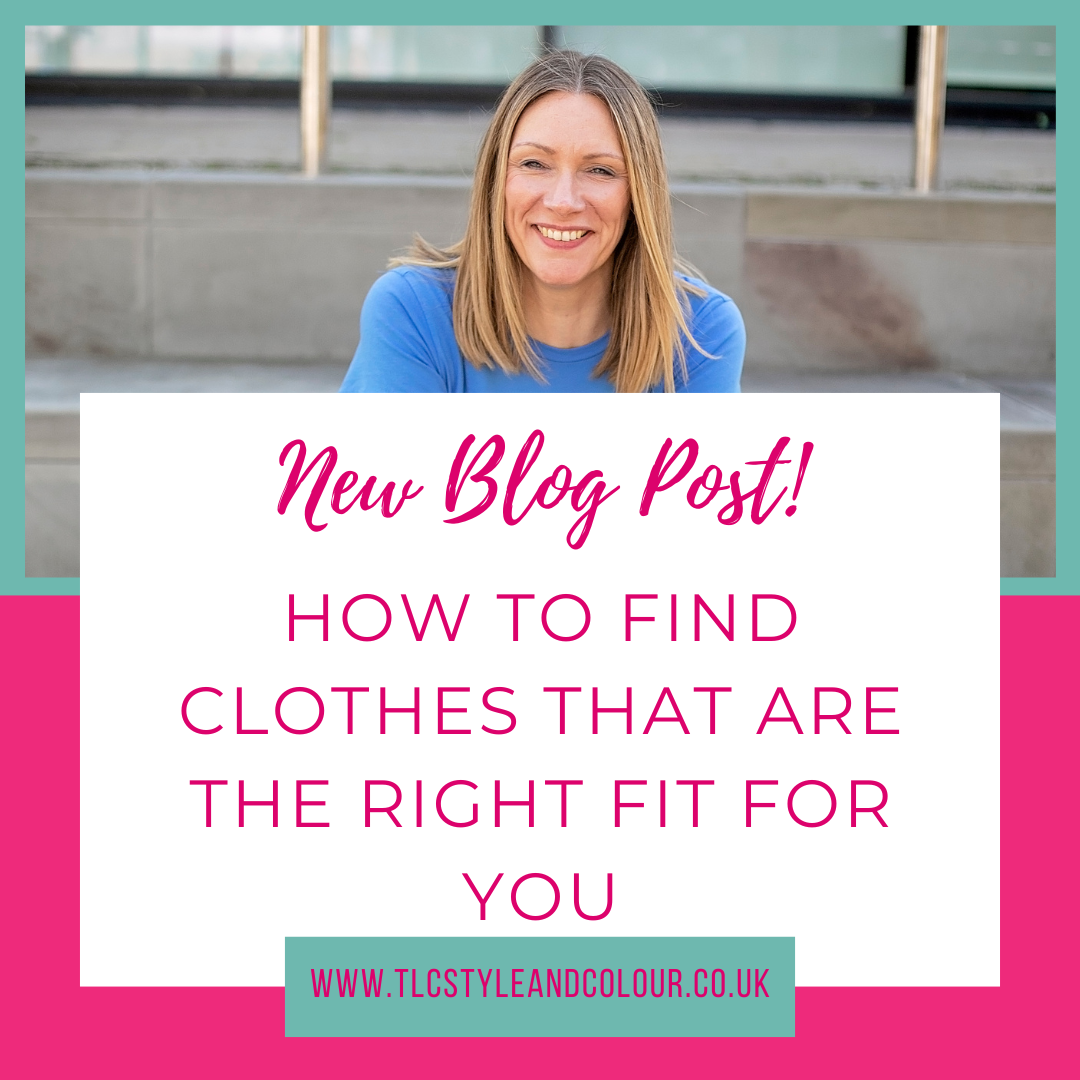

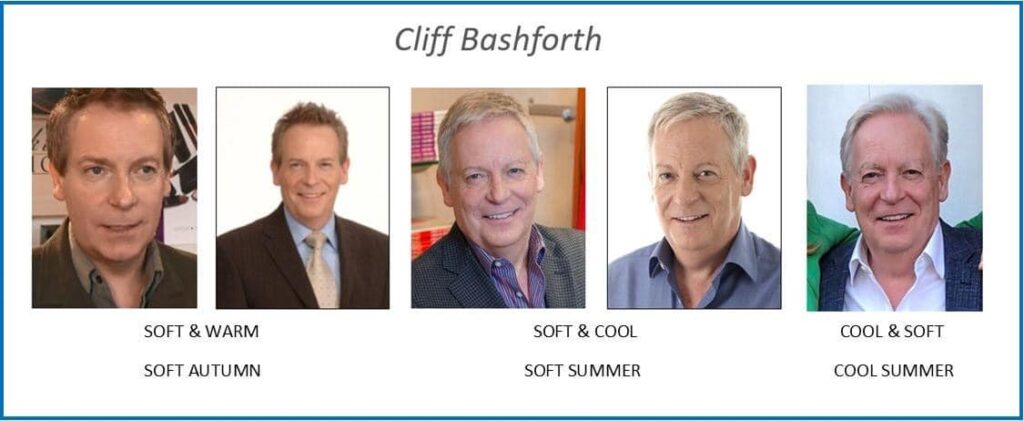
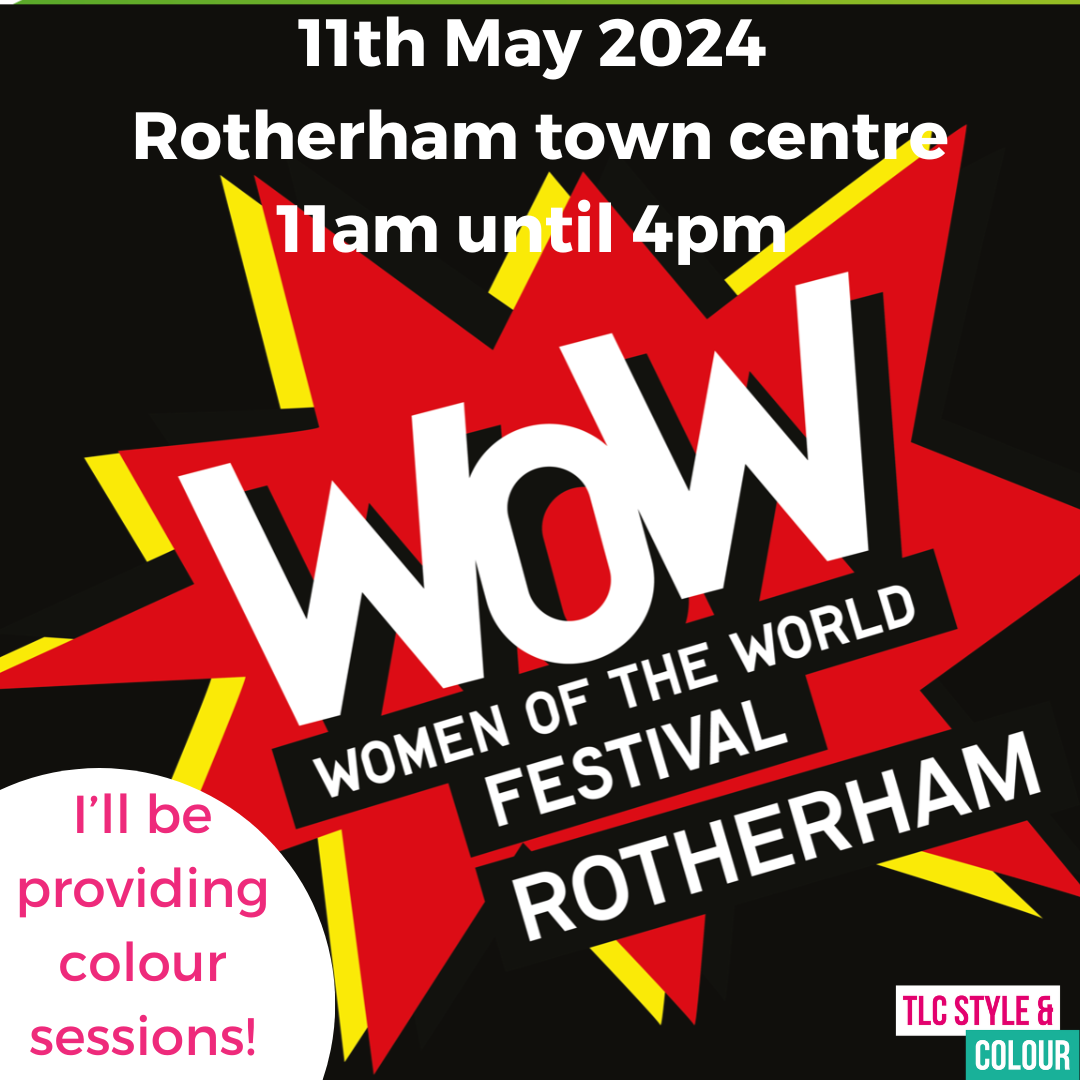




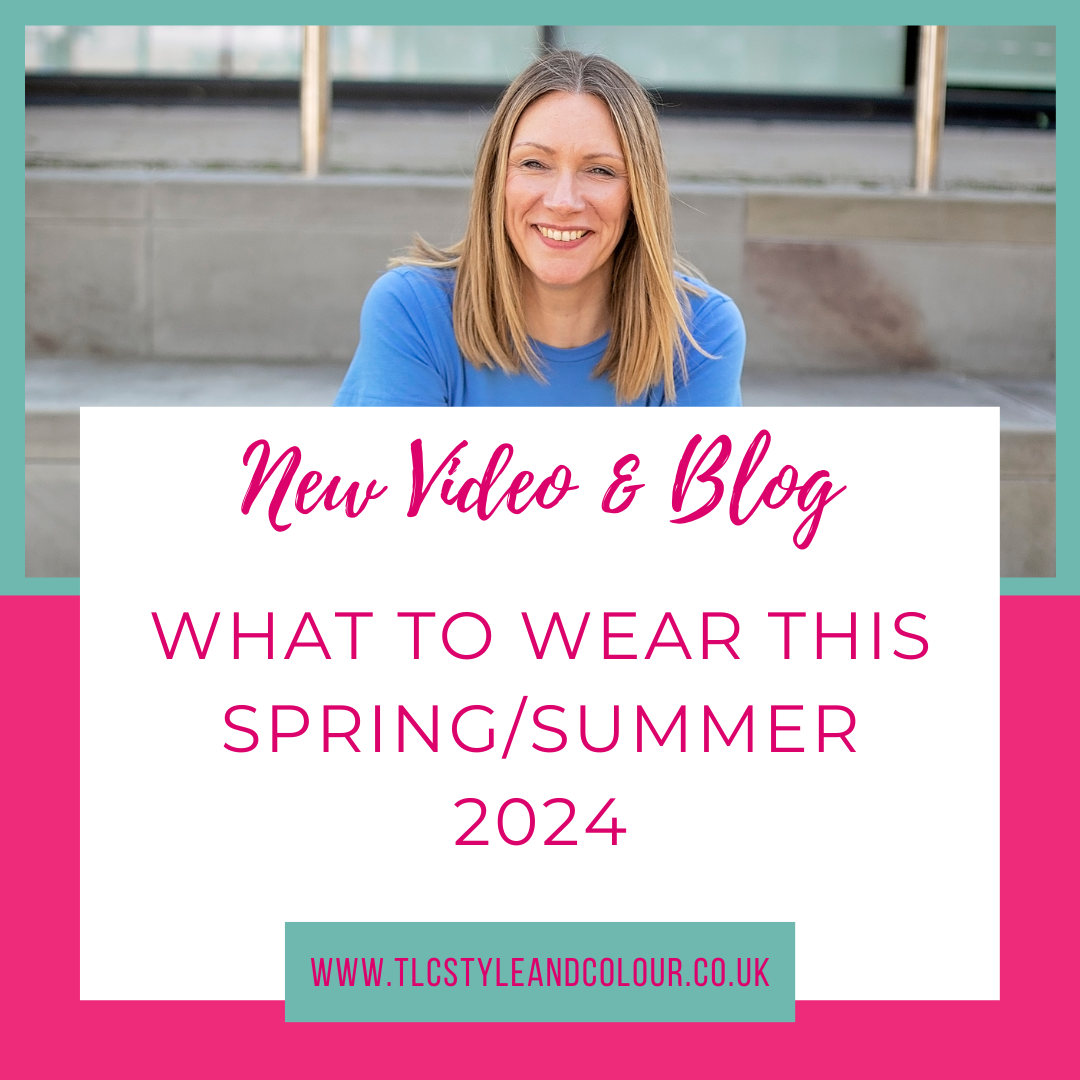
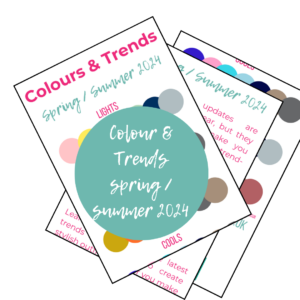 This guide has had an update to the design this year. It’s still a handy-sized guide to pop in your handbag, but it’s now slimmer, so it fits inside your
This guide has had an update to the design this year. It’s still a handy-sized guide to pop in your handbag, but it’s now slimmer, so it fits inside your 




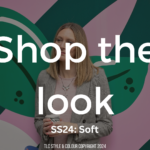

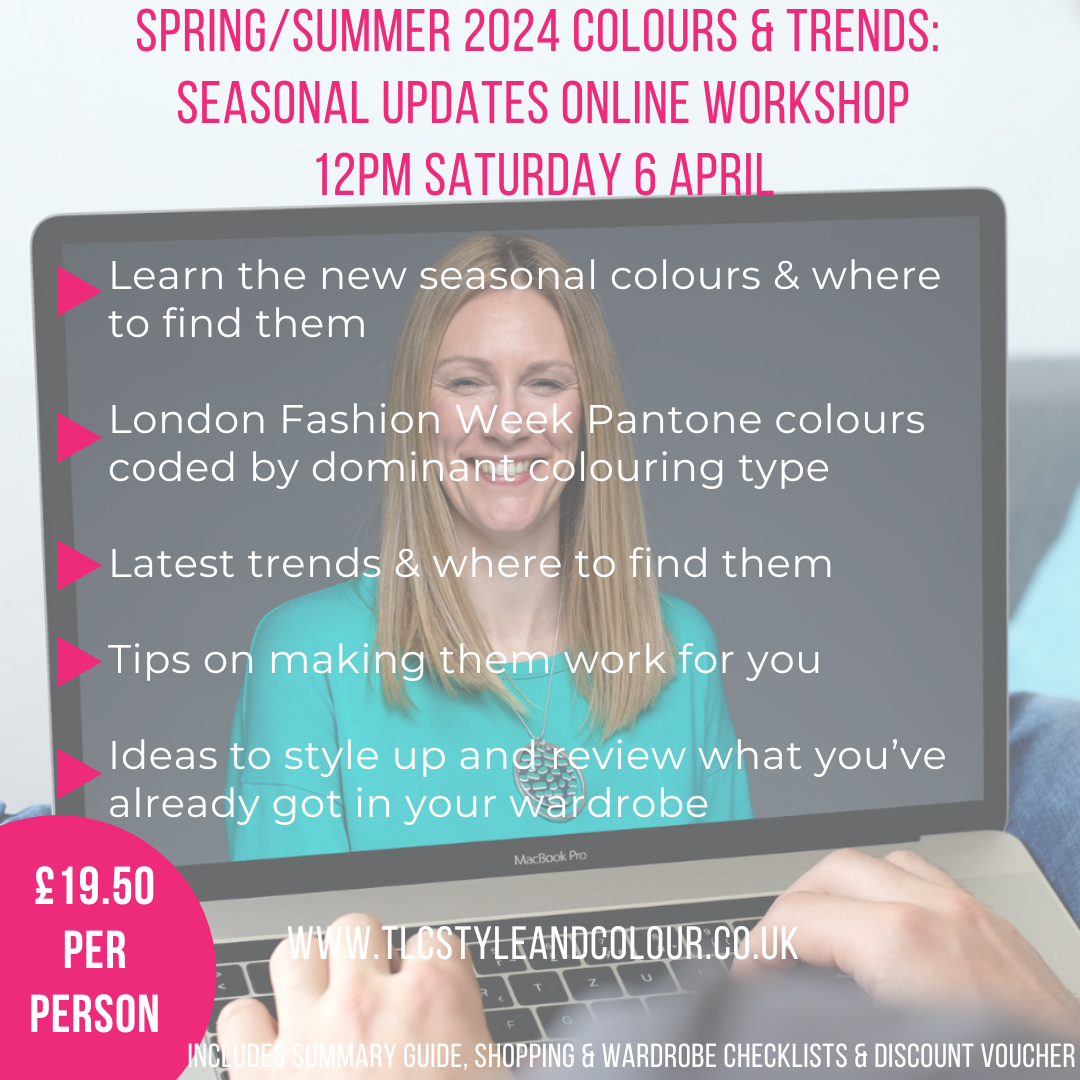


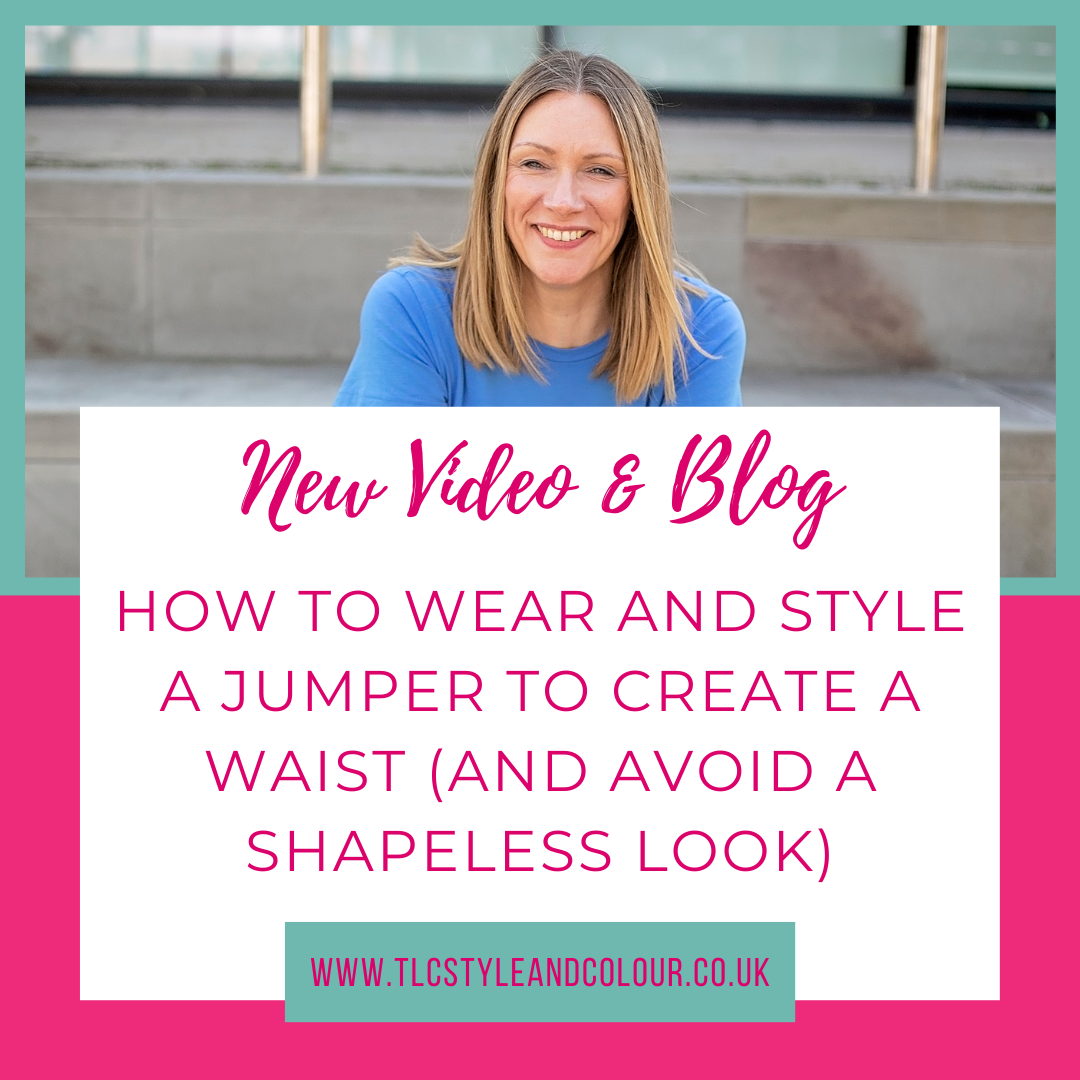





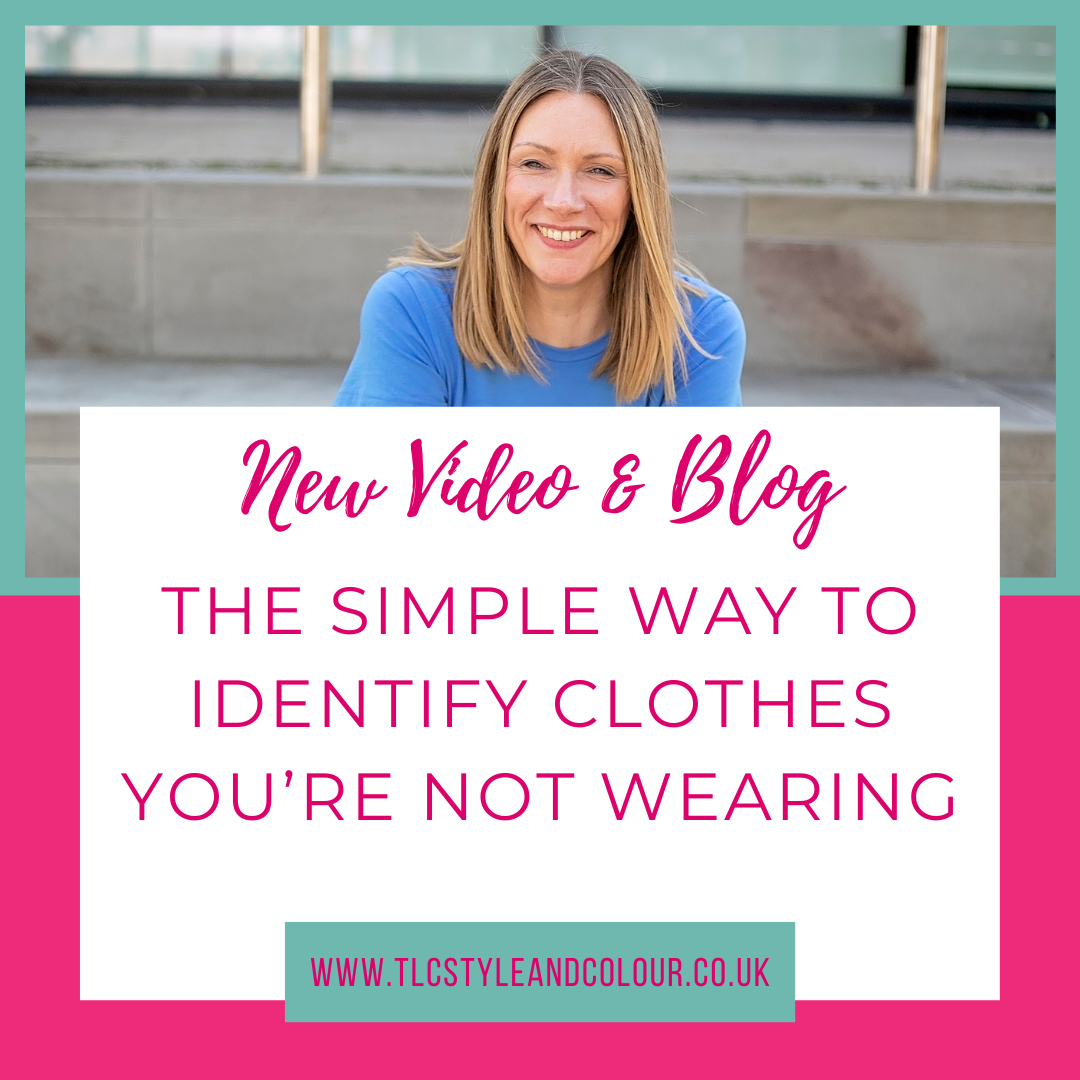
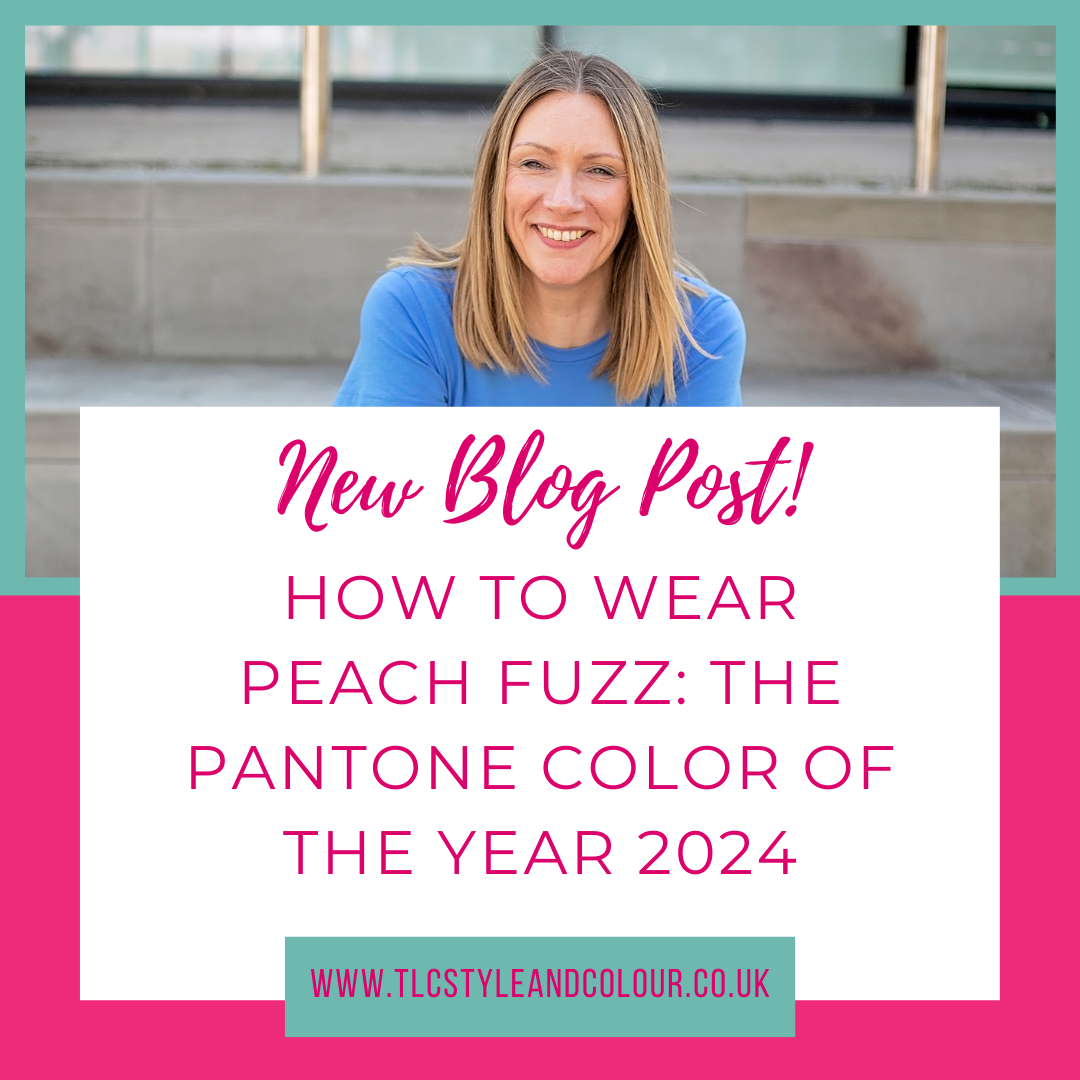
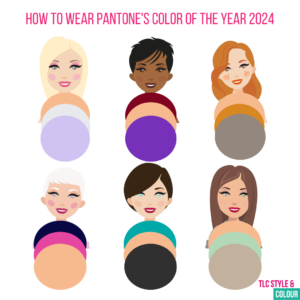
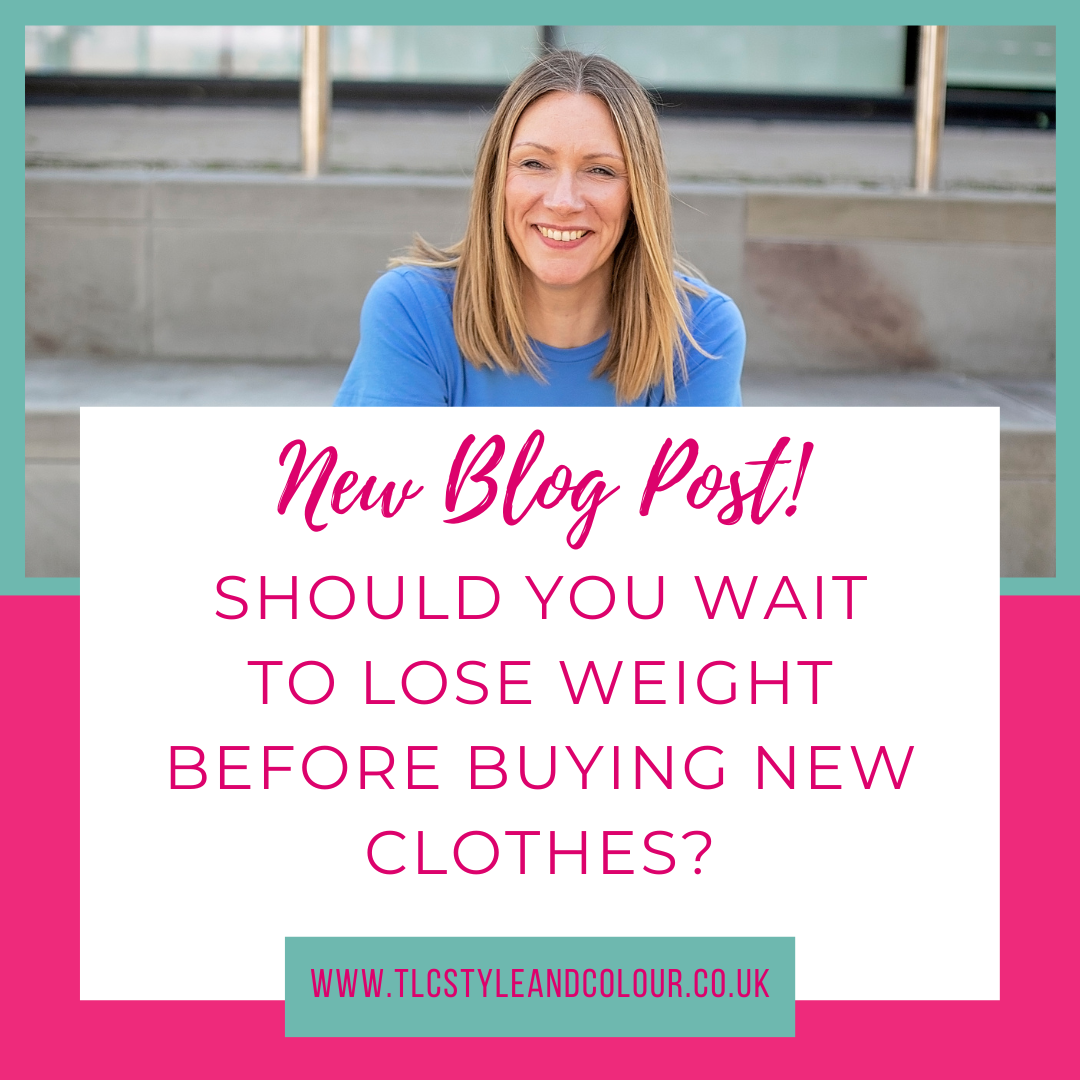
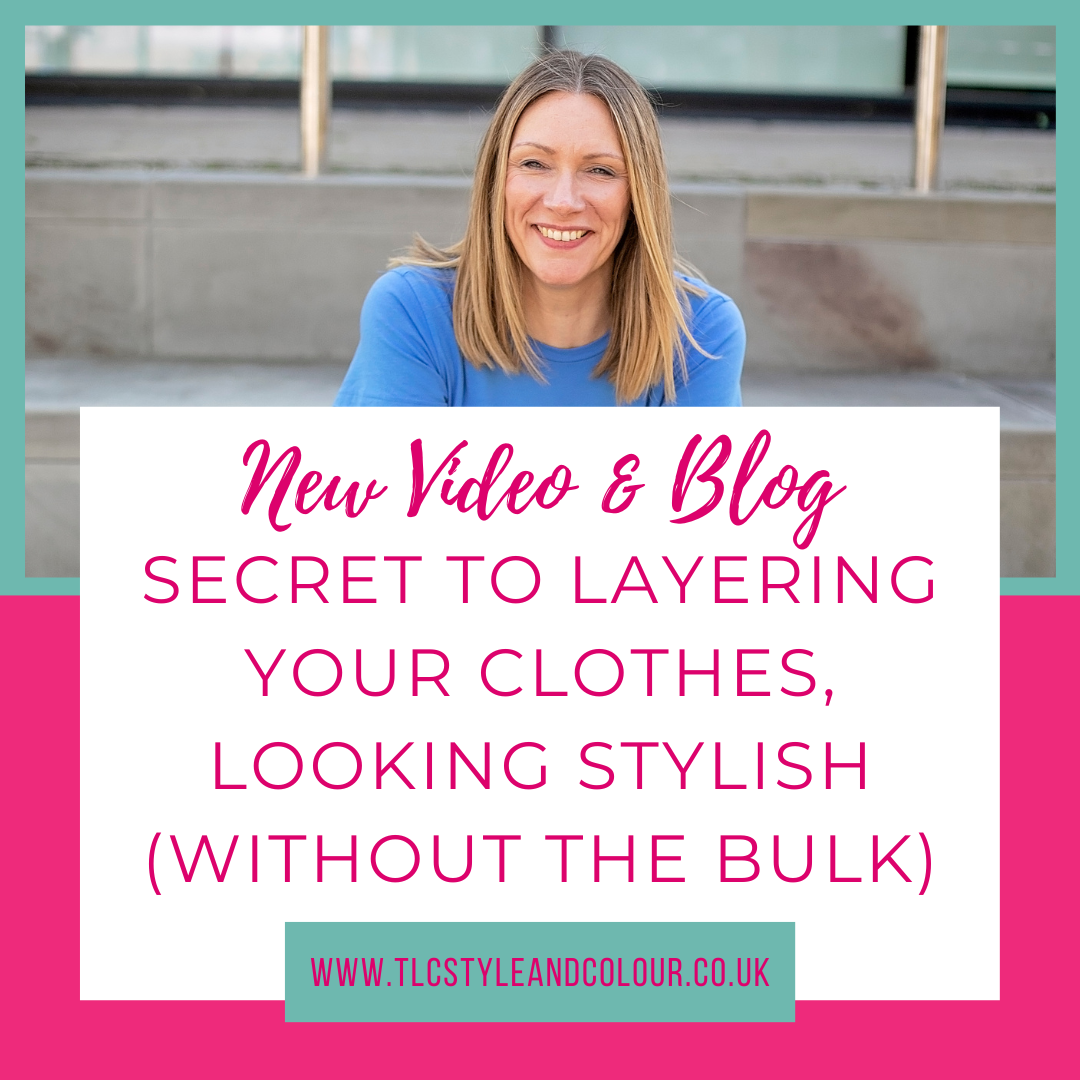



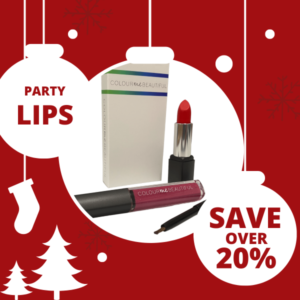
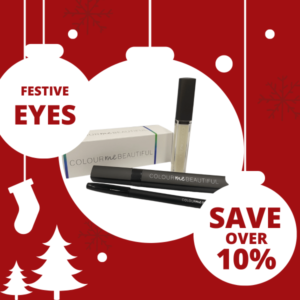



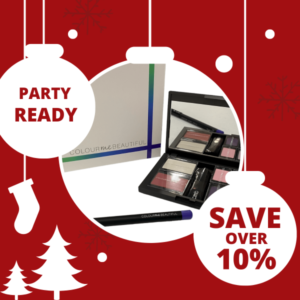
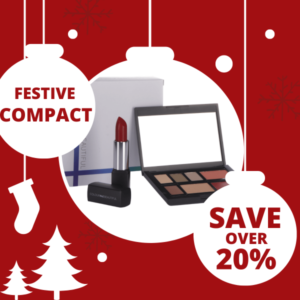 The Festive Compact – £69.00
The Festive Compact – £69.00